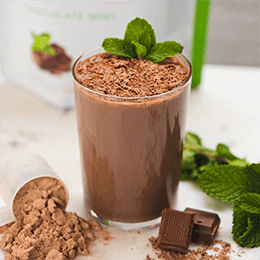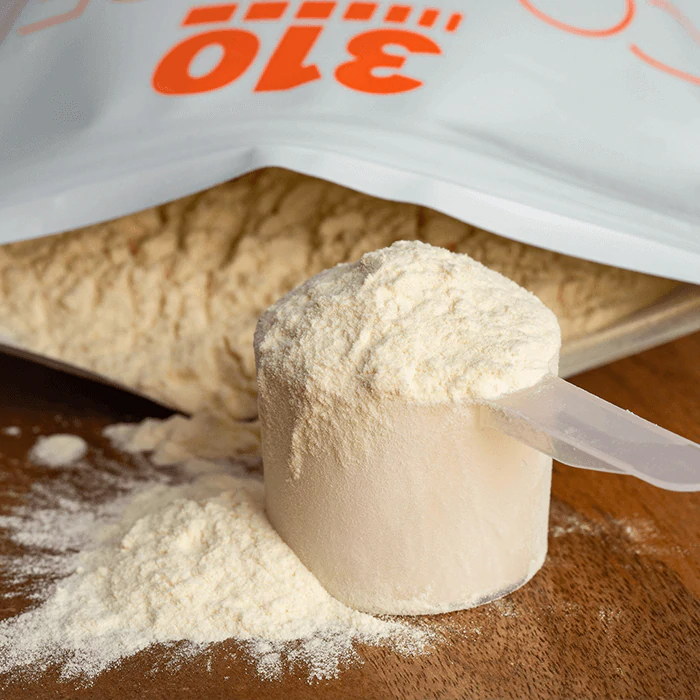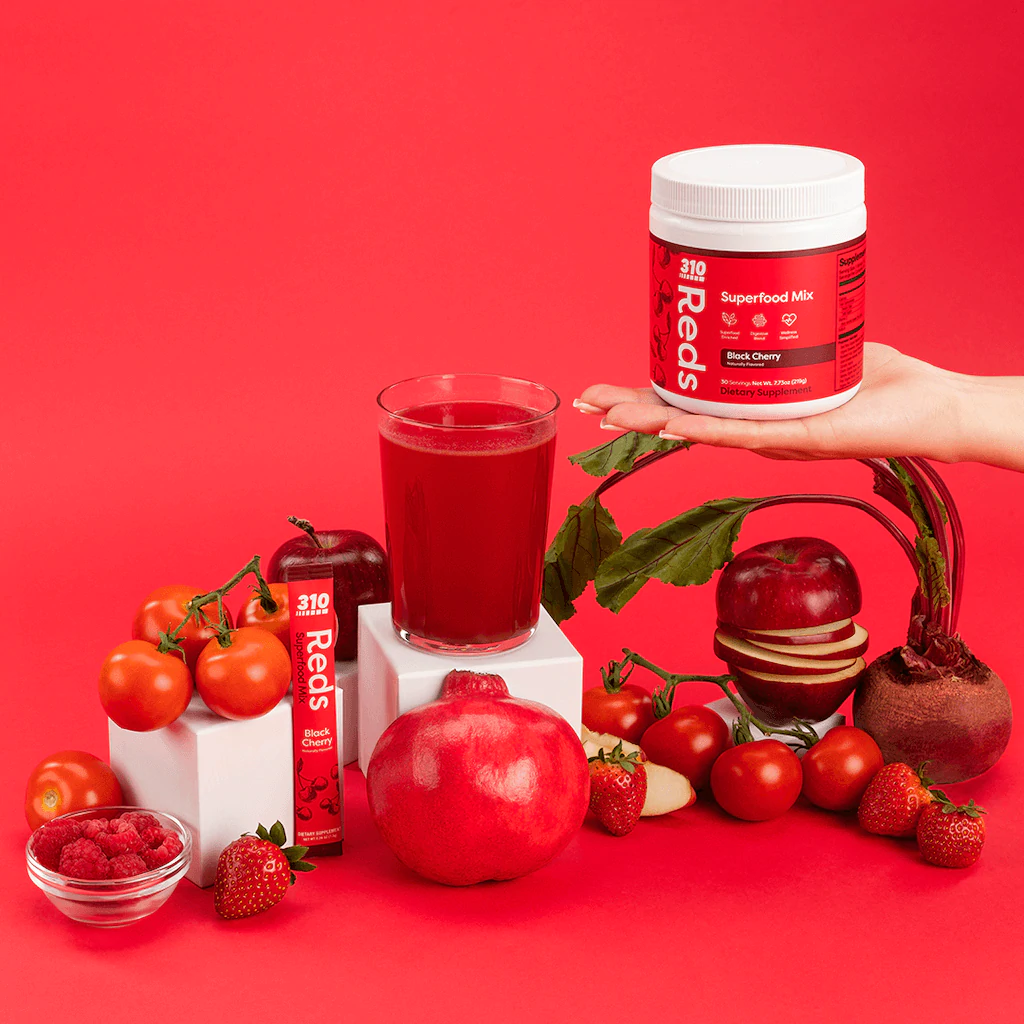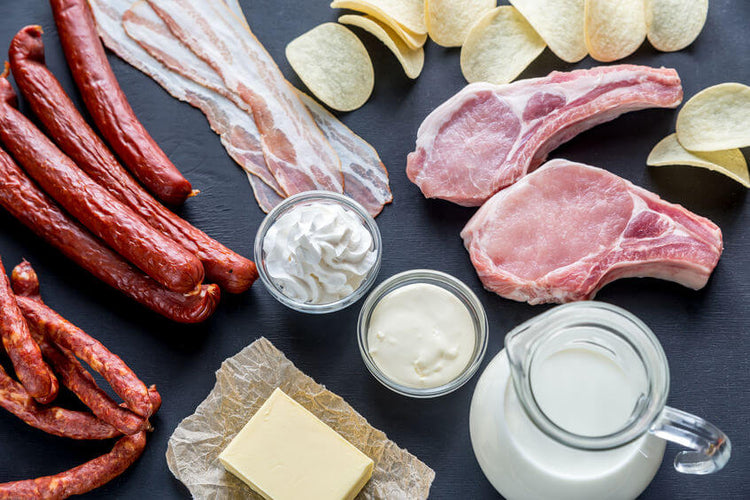If you’ve been doing your homework on the ketogenic diet, you’ve probably heard about people consuming a good amount of butter with their meals – which may have left you pretty confused! I mean, butter is supposed to be bad for you, right? Yet, lots of people following keto are singing their praises of “grass-fed butter”.
So, what is this seemingly “magical butter” and does it actually have health benefits? Plus, if butter is something you should be eating on a keto diet, how do you get more of it daily? Should you really put grass-fed butter in your coffee?
This article covers all of these questions and more… Read on to get the full scoop!
Is Butter Actually Good For You?
You may be surprised to learn that yes, butter can actually benefit your health in more ways than one. A common misconception about butter is that because it’s high in saturated fat, it will clog your arteries and contribute to heart disease.
But more and more research is showing that some saturated fats – like those from grass-fed butter and coconut oil – may actually be good for your heart. In contrast, trans fats and sugar are two ingredients that you should absolutely stay away from for heart health.
More and more research is showing that some saturated fats – like those from grass-fed butter and coconut oil – may actually be good for your heart.
But when it comes to healthy saturated fats, not just any ole’ butter will do. There’s a big difference between grass-fed and grain-fed butter – and it all starts with the diet of the cow.
Grass-Fed vs. Grain-Fed Butter
If you open up two sticks of butter side by side (one grass-fed and one grain-fed), you’ll see a remarkable difference in color. While regular butter from grain-fed cows is often a very pale yellow or even white, butter from grass-fed cows is a deep, rich yellow hue.
You will also notice quite a difference in the taste of grass-fed butter, which is much richer and creamer – whereas regular butter is more bland in comparison.
Both the look and the taste of grass-fed vs. grain-fed butter comes down to what the cows ate before they were milked. Cows who were able to roam free and eat their natural diet of grass end up producing grass-fed milk, which turns into grass-fed cream, and then grass-fed butter.
Believe it or not, grass contains a ton of beneficial phytonutrients, which are antioxidants – and this includes beta carotene, known for supporting eye health. It’s therefore easy to see why grass-fed butter naturally contains more nutrients.
Grass contains a ton of beneficial phytonutrients, which are antioxidants – and this includes beta carotene, known for supporting eye health.
Not only that, but when cows don’t eat grass, they’re stuck eating commercial feed, which is most likely full of things you don’t want to be passed over to the milk, including: corn and soy (both most likely GMO), grains, high-starch foods and vegetable oils. In addition, the food may also contain hormones and antibiotics.
6 Health Benefits of Grass-Fed Butter
You’ll likely be impressed at the laundry list of grass-fed butter’s benefits, due to the stand-out nutrients…
1) Helps Fight Inflammation
Grass-fed butter actually contains high levels of essential omega-3 fatty acids, including DHA and EPA. Getting sufficient omega-3’s in your diet is vital for good health, as they protect heart and brain function and help control inflammation in your body.
2) Supports Eye Health & Vision
As mentioned, grass-fed butter also contains high levels of beta-carotene, which your body uses to produce vitamin A. And this essential vitamin supports a number of areas in your body including your vision, bone health and healthy immune system.
3) Promotes a Healthy Heart
As strange as it may be to hear, grass-fed butter may actually support your heart health – since its rich in antioxidants and contains both good cholesterol and good saturated fats. It also contains vitamins A, D, E, K2, iodine, lecithin and selenium – nutrients shown to protect against heart disease.
3) May Assist with Weight Loss
Another major benefit of grass-fed butter is that it may actually help with weight loss – due to additional nutrients it contains that may help you tone, shape and slim your body.
5) Great Source of CLA
You’ll find five times more conjugated linoleic acid (better known as CLA) in grass-fed butter than in grain-fed butter. CLA helps your body build muscle, reduce fat, and boost energy and endurance. It also helps reduce inflammation.
6) Contains Metabolism-Boosting Butyrate
Another fatty-acid that you’ll find in grass-fed butter, butyrate, may help to boost your metabolism and therefore support weight loss. It may also greatly increase fat-burning, reduce inflammation and support a healthy gut.
Grass-Fed Butter and the Ketogenic Diet
Now you can see how grass-fed butter can actually be wonderful for your health, but for those on a keto diet, it’s also a superstar for another reason: the high fat content. Since fat is central to getting into ketosis, this makes it a prime food to incorporate into your meals.
Just under a tablespoon of grass-fed butter – while incredibly satiating – is only 100 calories! It also contains about 11g of fat (7g of saturated fat and 0g of trans fat). This is so important, since we mentioned how trans fats are incredibly bad for your heart.
Tips for Cooking with Grass-Fed Butter
Since a keto diet requires that you up your fat content to 75% of your daily calories, it’s a great idea to get more grass-fed butter in your meals. Especially since you now know how it can support your optimal wellness!
Here are some great ideas for getting grass-fed butter into your diet:
- Make this awesome keto coffee recipe
- Cook your eggs in grass-fed butter
- Bake a keto-friendly dessert using it
- Spread it onto low-carb crackers
- Use it in place of oil in your dinner recipes
- Make a creamy sauce or low-carb marinade
Ready to Add Grass-Fed Butter into your Daily Dishes?
Awesome. Now just remember that balance is key. Healthy saturated fats are a necessary part of your keto diet, but they shouldn’t be the only part. Make sure to also get plenty of unsaturated fats, moderate protein, and a good amount of fiber.
Many people on a ketogenic diet end up lacking in fiber or certain vitamins and minerals, if they don’t have enough balance in their meals. Try our Keto Meal Replacement Kit to help you get all the daily nutrients you need. The shakes are delicious, plus they’re quick and easy for on-the-go. Try adding a scoop of the shake powder into your Keto Coffee for some added protein and flavor!
Bonus Tip: Don't forget to try our keto calculator to keep track of your daily calories and macronutrients!
Have you tried grass-fed butter in your coffee? What did you think? Let us know in the comments, below.
Sources:
https://perfectketo.com/grass-fed-butter/
https://draxe.com/grass-fed-butter-nutrition/
https://blog.bulletproof.com/health-benefits-grass-fed-butter/
https://www.healthline.com/nutrition/grass-fed-butter















